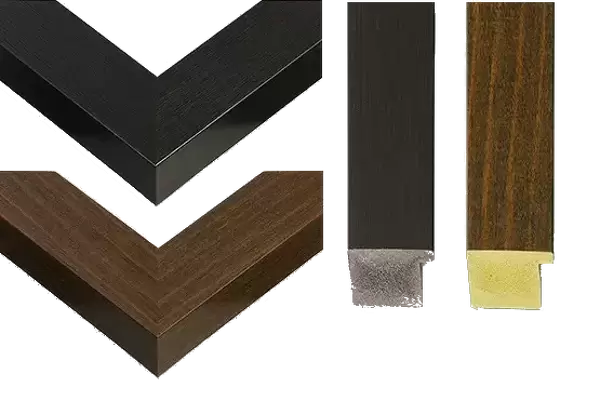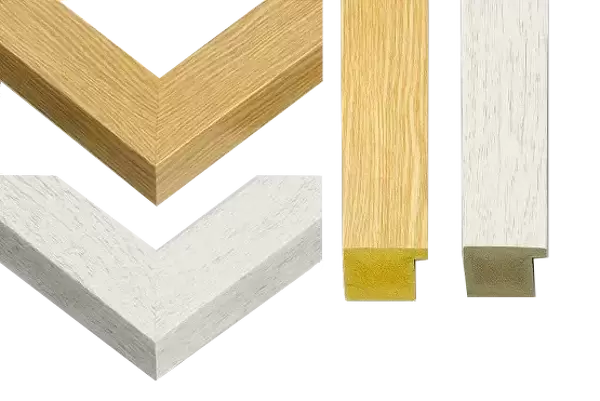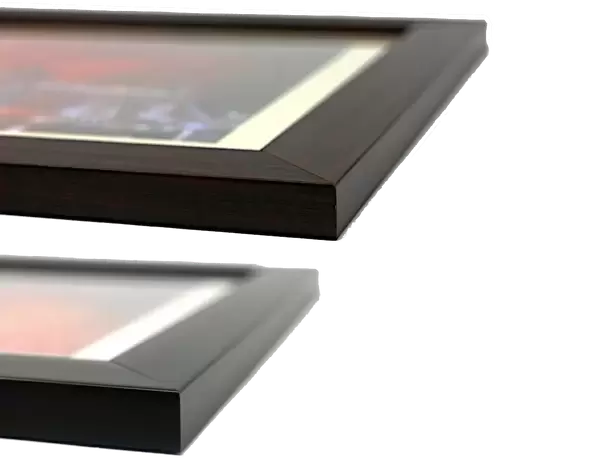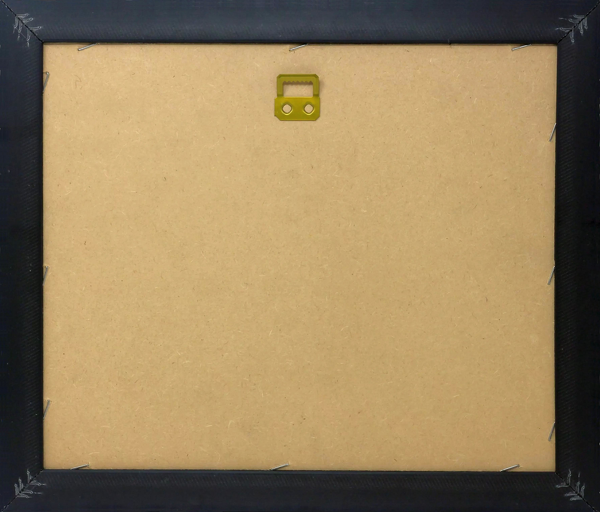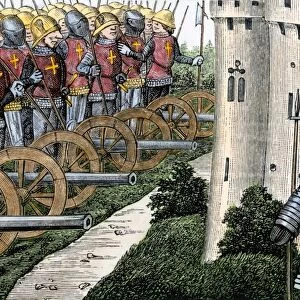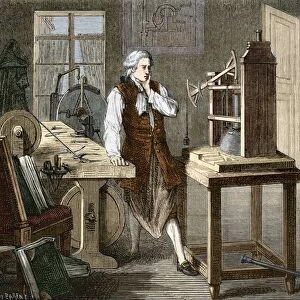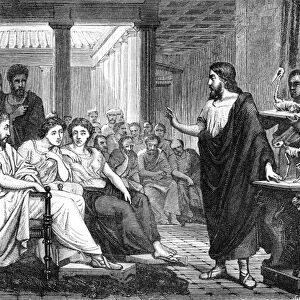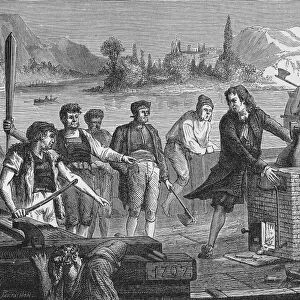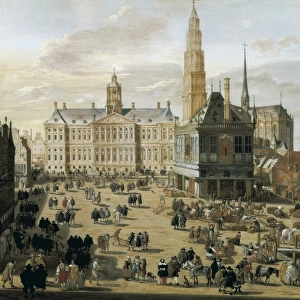Framed Print : Trigers caisson, 19th century
![]()

Framed Photos from Science Photo Library
Trigers caisson, 19th century
Trigers caisson. 19th-century artwork of workers using the pneumatic caisson invented in 1839 by the French engineer Triger. This was the first use of pressurised air to dig underwater shafts, a technique that is still used today. The lowest section is pressurised to keep the water out. The middle section is an airlock, through which the soil was passed to the upper section which was at atmospheric pressure. Trigers caisson used sheet metal for the walls of the caisson, and was first used during mining in the Basse-Loire coalfield. Artwork published in Mines and Miners (L. Simonin, 1868)
Science Photo Library features Science and Medical images including photos and illustrations
Media ID 6431063
© SHEILA TERRY/SCIENCE PHOTO LIBRARY
1839 1868 Boring Bucket Cutting Debris Device France History Of Science Mines And Miners Pressurised Pulley Sand Tool Turning Waste Borer Caisson
22"x18" (58x48cm) Modern Frame
Step back in time with our exquisite framed print featuring "Trigers Caisson, 19th Century" by Science Photo Library. This stunning artwork captures the essence of engineering innovation during the Industrial Revolution. Witness the marvel of the pneumatic caisson, invented by French engineer Triger in 1839, as skilled workers apply their craft in this captivating piece. Elevate your home or office décor with a touch of history and scientific discovery. Framed to perfection, this print is a captivating conversation starter and a testament to human ingenuity.
Wood effect frame, card mounted, 16x12 archival quality photo print. Overall outside dimensions 22x18 inches (58x48cm). Environmentally and ozone friendly, 40mm wide x 15mm Polycore® moulding has the look of real wood, is durable and light and easy to hang. Biodegradable and made with non-chlorinated gases (no toxic fumes) it is efficient; producing 100 tons of polystyrene can save 300 tons of trees! Prints are glazed with lightweight, shatterproof, optical clarity acrylic (providing the same general protection from the environment as glass). The back is stapled hardboard with a sawtooth hanger attached. Note: To minimise original artwork cropping, for optimum layout, and to ensure print is secure, the visible print may be marginally smaller
Contemporary Framed and Mounted Prints - Professionally Made and Ready to Hang
Estimated Image Size (if not cropped) is 14.7cm x 39.6cm (5.8" x 15.6")
Estimated Product Size is 47.8cm x 57.9cm (18.8" x 22.8")
These are individually made so all sizes are approximate
Artwork printed orientated as per the preview above, with portrait (vertical) orientation to match the source image.
EDITORS COMMENTS
This 19th-century artwork showcases Trigers caisson, a groundbreaking invention by French engineer Triger. The print depicts workers utilizing the pneumatic caisson, which was first introduced in 1839 and revolutionized underwater shaft excavation techniques that are still employed today. The ingenuity of this device lies in its pressurized air system, ensuring water is kept at bay while workers delve deeper into the depths below. The illustration highlights the three sections of Trigers caisson. At the lowest level, immense pressure safeguards against water intrusion. In the middle section, an airlock enables soil transfer to the upper compartment where atmospheric pressure prevails. Constructed with sheet metal walls, this pioneering technology found its initial application in mining within France's Basse-Loire coalfield. Published in "Mines and Miners" by L. Simonin in 1868, this historic artwork captures a pivotal moment in industrial history. It portrays a Caucasian male laborer skillfully operating various tools such as turning devices and cutting pulleys to excavate debris from beneath the earth's surface. Trigers caisson not only represents technological advancement but also symbolizes human perseverance and determination to conquer new frontiers throughout history. This image serves as a testament to mankind's unwavering commitment towards innovation and progress within industries such as mining and engineering.
MADE IN THE UK
Safe Shipping with 30 Day Money Back Guarantee
FREE PERSONALISATION*
We are proud to offer a range of customisation features including Personalised Captions, Color Filters and Picture Zoom Tools
SECURE PAYMENTS
We happily accept a wide range of payment options so you can pay for the things you need in the way that is most convenient for you
* Options may vary by product and licensing agreement. Zoomed Pictures can be adjusted in the Basket.



